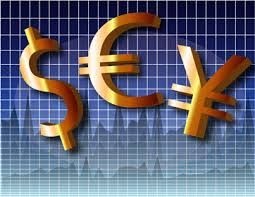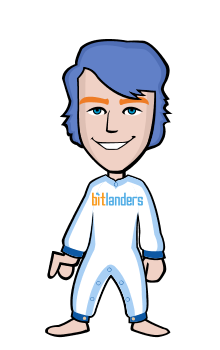The easy answer is currency and MONEY.
Think of buying money or a currency as buying a share in a particular country, kinda like buying stocks of a registered company. The price of the currency is usually a direct of the present market’s opinion on the current and future health of its respective country's economy.
In forex trading, when you sell or buy, say, the Canadian dollar, you are basically buying a “share” in the Canadian economy. You are betting that the Canadian economy is doing progress, and will even get better as time goes. Once you sell those shares back to the market, this is very clear and hopefully, you will end up with a profit.
In general, the exchange rate of a currency versus other currencies is a reflection of the condition of that country’s economy, compared to other countries’ economies.
By the time you graduate from this School of Pipsology, you’ll be eager to start working with currencies.
Major Currencies
Symbol Country Currency Nickname
USD United States Dollar Buck
EUR Euro zone members Euro Fiber
JPY Japan Yen Yen
GBP Great Britain Pound Cable
CHF Switzerland Franc Swissy
CAD Canada Dollar Loonie
AUD Australia Dollar Aussie
NZD New Zealand Dollar Kiwi

Currency symbols always have three letters, where the first two letters identify the name of the country and the third letter identifies the name of that country’s currency.
Take NZD for instance. NZ stands for New Zealand, while D stands for dollar. Easy enough, right?
The currencies included in the chart above are called the “majors” because they are the most widely traded ones.



